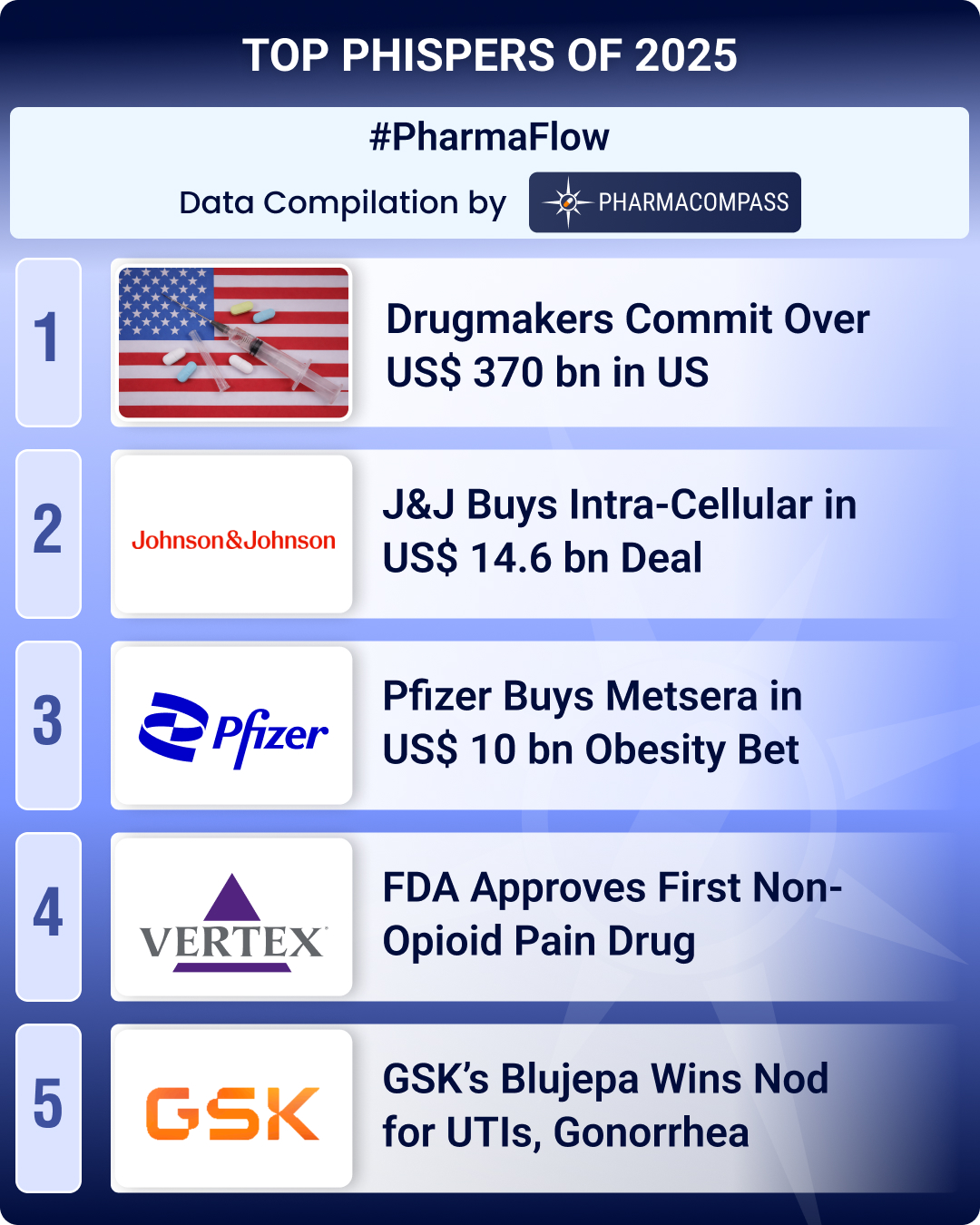BLOG
MARKET INTEL by PharmaCompass
CONTENT by Suppliers
- Interview #SpeakPharma
- Video #SupplierSpotlight
- Vlog #PharmaReel
- Company Bio #AboutSupplier
- Service Bio #AboutCapabilities
News
Create content with us, ask us

01 Overview
02 Overview
03 Overview
04 Overview
05 Overview
06 Overview
07 Overview
08 Overview
09 Overview
10 Overview
11 Overview
12 Overview

01 AbbVie Contract Manufacturing
02 Aenova Group
03 Aeron Remedies
04 Amarin Technologies
05 Aurigene Pharmaceutical Services
06 Ayushree Pharmaceuticals
07 Basic Pharma
08 Bioplus Life Sciences
09 Bliss Gvs Pharma Ltd
10 Bora Pharmaceuticals
11 COC Farmaceutici
12 Cambrex Corporation
13 Curtis Health Caps
14 DPT Laboratories, Ltd
15 Delpharm Group
16 Douglas CDMO
17 Eurofins CDMO
18 Famar
19 Fareva
20 Fermion Oy
21 Grunenthal
22 Halo Pharmaceutical
23 Humanis
24 JGL d.d
25 Jubilant HollisterStier
26 LGM Pharma
27 Laboratoires Chemineau
28 Lecifarma
29 Legacy Pharmaceuticals Switzerland
30 Madras Pharmaceuticals
31 Mission | CDMO
32 Octavius Pharma Pvt. Ltd
33 Ophtapharm
34 Pharmatis
35 Pierre Fabre
36 Polfa Tarchomin
37 Priyans Drugs
38 Saneca Pharmaceuticals
39 Specpharm
40 Tatchempharmpreparaty
41 Tianjin Hankang Pharmaceutical Biotechnology
42 Unither Pharmaceuticals
43 WellSpring Consumer Healthcare
44 eubioco

01 Argentina
02 China
03 Croatia
04 Finland
05 France
06 Germany
07 Germany
08 Greece
09 India
10 India
11 Italy
12 Luxembourg
13 Netherlands
14 New Zealand
15 Poland
16 Poland
17 Portugal
18 Russia
19 Singapore
20 Slovakia
21 South Africa
22 Switzerland
23 Taiwan
24 Turkey
25 U.S.A
26 U.S.A
27 U.S.A
28 U.S.A
29 U.S.A
- Analytical > Analytical Method Development
- Analytical > Analytical Testing Services > Inhalation Products
- Analytical > BioAnalytical Services
- API & Drug Product Development > API Development
- API & Drug Product Development > API Development > Antibody Drug Conjugate
- API & Drug Product Development > API Development > Fine Chemical / Intermediate
- API & Drug Product Development > API Development > High Potency APIs (HPAPIs)
- API & Drug Product Development > API Development > Impurity / Reference Standard
- API & Drug Product Development > API Development > Oligonucleotide / Polynucleotide
- API & Drug Product Development > API Development > Oligosaccharides & Polysaccharides
- API & Drug Product Development > API Development > Overview
- API & Drug Product Development > API Development > Process Development & Optimization
- API & Drug Product Development > API Development > Protein / Peptide
- API & Drug Product Development > API Development > Separation & Purification
- API & Drug Product Development > API Development > Small Molecules
- API & Drug Product Development > API Development > Spray Drying
- API & Drug Product Development > Formulation Development
- API & Drug Product Development > Formulation Development > Buccal / Orodispersible
- API & Drug Product Development > Formulation Development > Capsule
- API & Drug Product Development > Formulation Development > Chewable / Suckable
- API & Drug Product Development > Formulation Development > Clinical Supply
- API & Drug Product Development > Formulation Development > Compounding
- API & Drug Product Development > Formulation Development > Controlled / Immediate / Modified Release
- API & Drug Product Development > Formulation Development > Controlled Substance
- API & Drug Product Development > Formulation Development > Granule / Pellets
- API & Drug Product Development > Formulation Development > Inhalation / Nasal
- API & Drug Product Development > Formulation Development > Injectable / Parenteral
- API & Drug Product Development > Formulation Development > Liquid Formulation
- API & Drug Product Development > Formulation Development > Lyophilization
- API & Drug Product Development > Formulation Development > Ophthalmic
- API & Drug Product Development > Formulation Development > Pediatric Formulation
- API & Drug Product Development > Formulation Development > Scale-Up Capabilities
- API & Drug Product Development > Formulation Development > Sterile Liquid Formulation
- API & Drug Product Development > Formulation Development > Suspension
- API & Drug Product Development > Formulation Development > Tablet
- API & Drug Product Development > Formulation Development > Topical
- API & Drug Product Development > Preformulation & Material Science > Particle Size Reduction & Micronization
- API & Drug Product Development > Preformulation & Material Science > Polymorph & Crystal Screening
- API & Drug Product Development > Preformulation & Material Science > Solubility Assessment & Enhancement
- API & Drug Product Development > Preformulation & Material Science > Taste Masking
- API Manufacturing > Antibiotic
- API Manufacturing > Antibody Drug Conjugate
- API Manufacturing > Biologics, Bioprocess & Fermentation
- API Manufacturing > Chiral Synthesis
- API Manufacturing > Clinical Supply
- API Manufacturing > Continuous Flow Process
- API Manufacturing > Contract Manufacturing
- API Manufacturing > Controlled Substance
- API Manufacturing > Custom Synthesis & Manufacturing
- API Manufacturing > Cytotoxic Compound
- API Manufacturing > Drying > Spray Drying
- API Manufacturing > Fine Chemical / Intermediate
- API Manufacturing > GMP Manufacturing
- API Manufacturing > Hazardous Chemistry
- API Manufacturing > High Potency APIs (HPAPIs)
- API Manufacturing > Micronization
- API Manufacturing > Oligonucleotide / Polynucleotide
- API Manufacturing > Oligosaccharides & Polysaccharides
- API Manufacturing > Organometallic Chemistry
- API Manufacturing > Organometallic Chemistry > Cyanation
- API Manufacturing > Organometallic Chemistry > Metal Hydride Reduction
- API Manufacturing > Ozonolysis
- API Manufacturing > Process Development & Optimization
- API Manufacturing > Protein / Peptide > Synthesis
- API Manufacturing > Reference Standard
- API Manufacturing > Scale Up
- API Manufacturing > Separation & Purification
- API Manufacturing > Small Molecules
- Clinical Trials > Compliance, Regulatory & Consulting
- Clinical Trials > Packaging & Logistics
- Clinical Trials > Medical Writing & Language Translation
- Clinical Trials > Patient / Investigator Recruitment
- Clinical Trials > Technology / Data / Analytics
- Drug Product Manufacturing > Biologic Drugs
- Drug Product Manufacturing > Capsule
- Drug Product Manufacturing > Capsule > Steroid / Hormone
- Drug Product Manufacturing > Compounding
- Drug Product Manufacturing > Cream / Lotion / Ointment
- Drug Product Manufacturing > Emulsion > Overview
- Drug Product Manufacturing > Gel > Overview
- Drug Product Manufacturing > Granule / Pellet
- Drug Product Manufacturing > Injectable / Parenteral
- Drug Product Manufacturing > Injectable / Parenteral > Overview
- Drug Product Manufacturing > Injectable / Parenteral > Pre-Filled Syringe
- Drug Product Manufacturing > Liquid
- Drug Product Manufacturing > Lyophilization
- Drug Product Manufacturing > Nasal
- Drug Product Manufacturing > Softgel Capsule
- Drug Product Manufacturing > Solution > Overview
- Drug Product Manufacturing > Spray
- Drug Product Manufacturing > Suppository
- Drug Product Manufacturing > Suspension > Overview
- Drug Product Manufacturing > Syrup
- Drug Product Manufacturing > Tablet
- Drug Product Manufacturing > Technologies
- Drug Product Manufacturing > Technologies > Orally Disintegrating Tablets (ODTs)
- Drug Product Manufacturing > Technologies > Taste Masking
- Packaging > Clinical Services
- Packaging > Contract Services
- Packaging > Contract Services > Serialization Compliance
- Packaging > Logistic Services
- Empty Capsules
- Empty Capsules > Clinical Supply
- Empty Capsules > HardGel
- Empty Capsules > Inhalation
- Emulsifying Agents
- Soft Gelatin
- Solubilizers
Looking for contract manufacturing of gel drug products? Find CMOs, CDMOs offering GMP manufacturing services for topical gels on PharmaCompass.
Q1. What are topical dosage forms and what are the different types?
Topical semi-solid dosage forms are normally presented in the form of creams, gels, ointments, or pastes. They contain one or more active pharmaceutical ingredients(APIs) dissolved or uniformly dispersed in a suitable base with suitable excipients such as emulsifiers, viscosity-increasing agents, antimicrobial agents, antioxidants, or stabilizing agents.
Drug delivery systems administered via the skin are becoming progressively popular due to their convenience and affordability. The skin is the most important mechanical barrier to the penetration of many drug substances and acts as an ideal site to deliver a drug both locally and systemically.
There are several topical solutions available to treat surface wounds which apply directly to damaged tissue. Such formulations facilitate local action, act on the surface of the skin, exert their actions on the stratum corneum, or modulate the function of the epidermis and/or the dermis.
The medium used in formulating a topical semi-solid dosage form determines the product's consistency (dense and greasy or thin or watery) and whether the active ingredient stays on the surface or penetrates into the body. Vehicle choice depends on where to use the drug, aesthetic value, and ease of use.
Types of Topical Semi-Solid Dosage Forms:
Gels
Topical gel formulations are of increasing interest in the dermatology industry. Gel formulations are typically transparent or translucent, water-based semi solid dosage forms with good spreading properties and pleasing aesthetic characteristics.
Creams
Creams are emulsions of water and oil classified as oil in water (o/w) or water in oil (w/o) emulsions. O/W creams spread easily and do not leave the skin greasy and sticky, whereas W/O creams are greasy and more emollient. Medical cream formulations also contain suitable excipients such as emulsifiers and preservatives.
Lotions
Lotions are usually considered thicker than topical solutions and more likely to contain oil as well as water or alcohol. A lotion separates into parts with time so it needs to be shaken into a suspension before use. Lotions are easy to apply to large areas and are also suitable for application to hairy areas.
Ointments
Ointments are semisolid preparations intended for external application to the skin or mucous membranes. Ointments can be classified into four types depending on the carrier of the drug or base used for its formulation:
(1) Ointments with hydrocarbon or oleaginous bases
(2) Ointments with an absorbent or anhydrous base
(3) Ointments with an emulsion or water miscible base
(4) Ointments with water soluble bases.
Pastes
Pastes are mixtures of powder and ointments and are often defined as concentrated suspensions of oil, water and powder. The addition of powder increases the porosity of the topical formulation and also improves its consistency, which in turn increases the topical dosage form’s capability to adhere to the skin. Pastes can also be classified into the four categories listed above, for ointments.
At times, liquid products such as solutions and suspensions may be used as topical drug delivery systems. Besides liquid products, aerosol foams, sprays, solids (powders, suppositories) and transdermal patches may also be used to facilitate topical drug delivery. However, semi-solid dosage forms are the most common topical formulations prepared by contract manufacturers (CMOs, CDMOs).
Q2. What are gels and what are their advantages?
Topical drug delivery systems include a large variety of pharmaceutical dosage forms like semisolids, liquid products, sprays and solid powders, with semi solids being the most popular. The most widely used semisolid preparations for topical drug delivery include gels, creams and ointments.
Within the category of semisolid preparations, transdermal gels offer great potential for use in cosmetic and pharmaceutical fields. Due to the ever increasing use of novel penetration enhancement techniques, indications of gels for local action and the treatment of systemic diseases are expected to rise in the future.
Topical gels are semisolid drug delivery systems in which a liquid phase is constrained within a three dimensional polymeric matrix of natural or synthetic gum which has a high degree of physical or chemical cross linking. Medical gels are often used to achieve optimal cutaneous and percutaneous drug delivery.
Topical gels present an ideal candidate for a variety of applications due to their intermediate behavior between solid and liquid materials. Furthermore, gel formulations have better application properties and stability in comparison to medical creams and ointments.
Medical gels can be classified into the following types, amongst others:
- Organogels: Used in pharmaceutical preparations as well as cosmetics and food products.
- Hydrogels: Used as scaffolds in tissue engineering, contact lenses, sustained release drug delivery systems, etc.
- Xerogels: Used in formulating pharmaceutical drug delivery systems.
- Controlled release gels: Pharmaceutical gels in which active ingredients are absorbed by the body at a slower rate as compared to conventional dosage forms.
- Extended release gels: Gels in which the drug is released slowly over a longer period of time as compared to conventional dosage forms.
- Amphiphilic gels: Amphiphilic gels are able to dissolve certain poorly water-soluble drugs and exhibit both hydrophilic and lipophilic properties.
- Hydrophilic gels: These gels are hydrophilic, which means they are attracted to water molecules.
- Non aqueous gels: A non-aqueous gel composition comprising at least one anhydrous gel, at least one polymer, at least one ester, and at least one gelling agent.
- Bioadhesive gels: Such gels tend to adhere to or cause adhesion in living tissue. They stay in the GI tract longer, allowing more drug molecules to diffuse from it and be absorbed through the intestinal walls.
- Complexation gels: They have enhanced solubility which in turn increases the bioavailability of poorly water-soluble drugs.
Some Advantages of Gel Formulations:
- They can avoid gastrointestinal drug absorption difficulties caused by gastrointestinal pH.
- They can avoid enzymatic activity and drug interaction with food and drinks.
- They can substitute for oral administration, when the route is unsuitable.
- They avoid systemic and portal circulation following gastrointestinal absorption.
- Increased patient compliance as they are non-invasive.
- They can be formulated with advanced release profiles.
Q3. What are the steps involved in manufacturing gel drug products?
Gels are relatively easier to prepare when compared to ointments and creams. Medical gels contain gelling agents which provide increased viscosity, stability, body and improved suspension of added ingredients to aqueous solutions. In addition to the gelling agent, medicated gels contain active ingredients, antimicrobial preservatives, stabilizers, dispersing agents, and permeation enhancers.
Contract Manufacturing for Gel Drug Products - Steps:
Step 1. Raw Material Selection & Mixing Order Determination
Active pharmaceutical ingredients (APIs) eliciting desired therapeutic effects are chosen. Gelling agents, preservatives, stabilizers, antimicrobials & other excipients are also selected at this stage. Mixing order is determined and clearly defined, if the added ingredients affect the gelling process they are added after swelling and if not, they are added prior to it.
Step 2: Preparation of Gelling Medium
Purified water is the most widely used dispersion medium in the preparation of gels. Under certain circumstances, gels may also contain cosolvents or dispersing agents. While preparing the gelling medium care should be taken to avoid the evaporation or degradation of cosolvents.
Step 3: GMP Manufacturing of Gels
Medical gels can be manufactured in three ways:
- Cold Method GMP Manufacturing
During the cold method of manufacturing gels, water is cooled and placed in a mixing container. The selected gelling agent is slowly added to the container and agitated until a solution is formed. The active ingredient is then added in solution form, slowly with gentle mixing. Immediately, the medical concoction is transferred to another container and allowed to warm to room temperature, whereupon the liquid becomes a clear gel.
- Fusion Method GMP Manufacturing
During the fusion method of gel manufacturing, all or some of the components of a gel are combined by being melted together and cooled with constant stirring until congealed. Components that are not melted are added to the congealing mixture as it is being cooled and stirred.
- Dispersion Method GMP Manufacturing
The gelling agent is dispersed in water stirring at 1200 rpm for 30 minutes to create a gel and the active ingredient is dissolved in a non-aqueous solvent with added preservatives. The solution containing the drug is then added to the prepared gel with continuous stirring, thus producing a medical gel.
Step 4: Filling & Packaging
Once a gel is prepared it is filled into tubes, pouches, jars, etc. and sealed via automatic and semi-automatic equipment. It is further packaged in secondary packaging materials after which it is ready for distribution.
Q4. Which are the leading CDMOs & CMOs offering contract manufacturing for gel drug products?
Topical drug delivery systems are self-contained, discrete dosage forms that are designed to deliver drugs via intact skin or body surface routes of administration (transdermal, ocular, and intrauterine). Each of these systems is generally marketed in a single - unit soft blister pack or a preformed tray with a preformed cover or overwrap. Medical gels are the preferred semisolid dosage forms for formulations that facilitate topical drug delivery.
There are numerous CDMOs and CMOs offering pharmaceutical contract manufacturing for gel drug products. Some of the leading contract manufacturers offering pharmaceutical contract manufacturing and packaging for gel drug products are listed below.
Unither Pharmaceuticals
Unither Pharmaceuticals is a leading international CDMO which offers contract development & manufacturing services for various liquid & solid dosage forms.
Unither Pharmaceuticals also offers contract development and manufacturing services for various topical dosage forms including medical creams, gels, and ointments along with dry (tablets, powder, capsules) & liquid formulations (solutions & suspensions).
Polpharma
Polpharma provides a one-stop shop solution of vertically integrated services from API development to FDF formulation and contract manufacturing. Some of their facilities are specialized in providing pharmaceutical contract manufacturing and packaging services for ophthalmic drugs.
Polpharma offers customized contract manufacturing of creams and various other liquid and semi-solid dosage forms such as nasal drops and gels, eye drops, solutions and suspensions.
JGL d.d
JGL offers contract development and manufacturing for various semi-solid dosage forms such as gels, ointments, creams, soaps and lotions in the form of an aluminium or plastic tube. The filling process & packing is done by simply switching between different formats.
They offer pharmaceutical contract manufacturing and packaging services for solids and liquids as well as semi-solid dosage forms. Their semi solid contract manufacturing services are completely automated and the formulation process is thoroughly monitored. They also offer contract manufacturing of creams.
Madras Pharmaceuticals
Madras Pharmaceuticals offers contract manufacturing of creams along with tablets, capsules, dry powder for suspensions, liquid products, lotions, ointments, etc. Improved drug delivery systems with sustained release, instant release, bi-layered, tri-layered, etc. release profiles can also be achieved.
Madras offers contract manufacturing services for liquid orals (syrup, suspension, solution, micro-emulsion), external semisolids (cream, gel, ointment, lotion), medicated dusting powders, powder for injections, etc.
All Suppliers
01
Pharma Service : Drug Product Manufacturing
02
Pharma Service : Drug Product Manufacturing
03
Pharma Service : Drug Product Manufacturing
Pharma Service : Drug Product Manufacturing
04
Pharma Service : Drug Product Manufacturing
Pharma Service : Drug Product Manufacturing
05
Pharma Service : Drug Product Manufacturing
Pharma Service : Drug Product Manufacturing
06
Pharma Service : Drug Product Manufacturing
07
Pharma Service : Drug Product Manufacturing
08
Pharma Service : Drug Product Manufacturing
09
Pharma Service : Drug Product Manufacturing
Pharma Service : Drug Product Manufacturing
10
Pharma Service : Drug Product Manufacturing
11
Pharma Service : Drug Product Manufacturing
Pharma Service : Drug Product Manufacturing
12
Pharma Service : Drug Product Manufacturing
13
Pharma Service : Drug Product Manufacturing
Pharma Service : Drug Product Manufacturing
14
Pharma Service : Drug Product Manufacturing
Pharma Service : Drug Product Manufacturing
15
Pharma Service : Drug Product Manufacturing
16
Pharma Service : Drug Product Manufacturing
17
Pharma Service : Drug Product Manufacturing
Pharma Service : Drug Product Manufacturing
18
Pharma Service : Drug Product Manufacturing
19
Pharma Service : Drug Product Manufacturing
20
Pharma Service : Drug Product Manufacturing
21
Pharma Service : Drug Product Manufacturing
22
Pharma Service : Drug Product Manufacturing
Pharma Service : Drug Product Manufacturing
23
Pharma Service : Drug Product Manufacturing
24
Pharma Service : Drug Product Manufacturing
25
Pharma Service : Drug Product Manufacturing
26
Pharma Service : Drug Product Manufacturing
Pharma Service : Drug Product Manufacturing
27
Pharma Service : Drug Product Manufacturing
28
Pharma Service : Drug Product Manufacturing
Pharma Service : Drug Product Manufacturing
29
Pharma Service : Drug Product Manufacturing
30
Pharma Service : Drug Product Manufacturing
31
Pharma Service : Drug Product Manufacturing
32
Pharma Service : Drug Product Manufacturing
33
Pharma Service : Drug Product Manufacturing
Pharma Service : Drug Product Manufacturing
34
Pharma Service : Drug Product Manufacturing
35
Pharma Service : Drug Product Manufacturing
Pharma Service : Drug Product Manufacturing
36
Pharma Service : Drug Product Manufacturing
37
Pharma Service : Drug Product Manufacturing
38
Pharma Service : Drug Product Manufacturing
39
Pharma Service : Drug Product Manufacturing
Pharma Service : Drug Product Manufacturing
40
Pharma Service : Drug Product Manufacturing
Pharma Service : Drug Product Manufacturing
41
Pharma Service : Drug Product Manufacturing
Pharma Service : Drug Product Manufacturing
42
Pharma Service : Drug Product Manufacturing
Pharma Service : Drug Product Manufacturing
43
Pharma Service : Drug Product Manufacturing
Pharma Service : Drug Product Manufacturing
44
Pharma Service : Drug Product Manufacturing



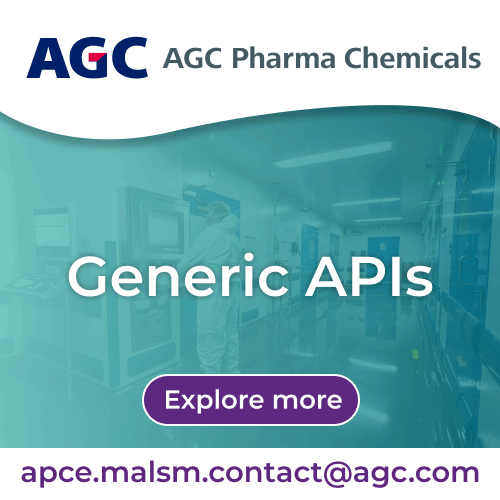
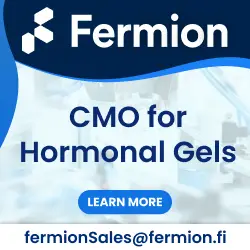
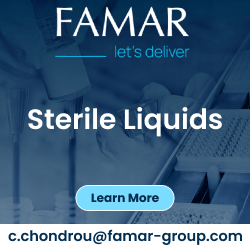
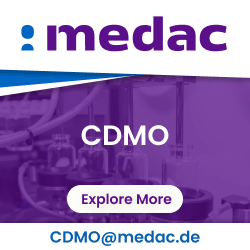
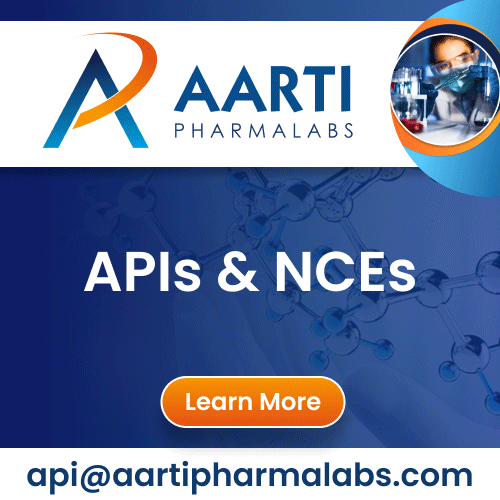
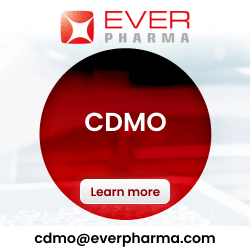




 With Fermion, start the journey of your innovative API.
With Fermion, start the journey of your innovative API.















